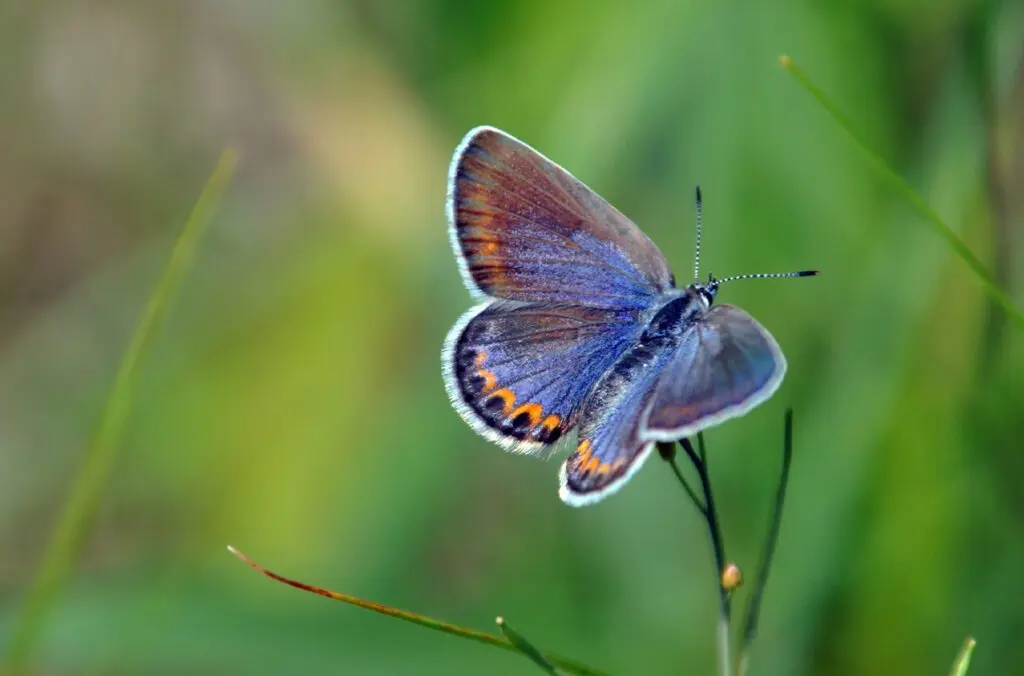PULLMAN, WA – A new report, co-authored by Washington State University conservation biologist Cheryl Schultz, provides a roadmap for recovering butterfly populations across the U.S.
Released by the Xerces Society for Invertebrate Conservation, the report is a response to a recent study published in Science that found populations of butterflies across the United States are experiencing dramatic declines — an astonishing 22% decline in abundance from 2000 to 2020. That means that for every five butterflies seen 20 years ago, now there are only four.
The report is the first ever attempt to identify the core conservation actions needed for butterfly recovery across hundreds of species and diverse U.S. landscapes. Previous research has pinpointed pesticide use, habitat loss, and climate change as the major causes of butterfly declines.
“This report provides us an accessible roadmap for conservation success,” said Schultz, a professor in WSU’s School of Biological Sciences. “But we must act quickly across all parts of our landscape if we hope to preserve the existence and the wonder of butterflies in decades to come.”
Recommendations include ensuring that host plants for caterpillars and nectar plants for adults are available throughout the entire growing season, as well as protecting the spaces butterflies use from pesticides. Access to high quality, pesticide-free habitat can help butterflies and other pollinators be more resilient to climate change. Managing areas to increase habitat can also help declining butterfly populations.
“Butterflies need host plants on which to lay eggs, wildflowers on which to feed, a refuge from pesticides, and sites to overwinter,” said Scott Black, director of the Xerces Society and study co-author. “There is hope for these animals if we focus on providing habitat for butterflies across all landscapes, from cities and towns to agricultural lands to natural areas.”
The report includes a full overview of the research on butterfly declines as well as regional profiles that can help conservation planners understand which species are seeing the most severe declines or are doing well in their areas. It also includes information on the ecological and social importance of butterflies, causes of decline, natural history, and what butterflies need.
The report outlines specific actions for anyone — including wildlife agency staff, farmers and gardeners — to help recover butterflies. It provides detailed solutions by landscape type, which includes natural areas, working lands, and towns and cities. Additionally, there are recovery success stories and a detailed appendix with actions to help butterflies.
Butterflies play a significant role in the pollination of flowering plants, including agriculture. In the Texas cotton industry, butterflies provide $100 million of pollination services per year, visiting flowers that would otherwise go unpollinated. Butterflies and caterpillars are also food for other wildlife and are a particularly vital food source for birds.
The Xerces Society provides resources on how to help butterflies and other pollinators, including the book Gardening for Butterflies that includes advice for conservation in all landscapes.
Much of the information in this report comes from the Status of Butterflies in the U.S. working group, which formed to bring together all available butterfly monitoring datasets and develop a picture of the health of butterfly populations across the contiguous United States. Nearly two dozen researchers participated in the working group, hosted by the U.S. Fish and Wildlife Service Center for Pollinator Conservation and U.S. Geological Survey John Wesley Powell Center for Analysis and Synthesis.
